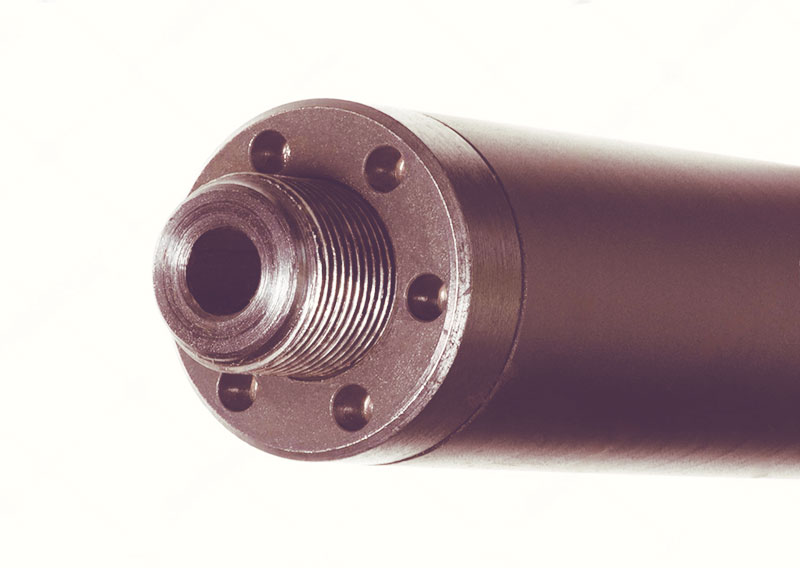Here’s a step-by-step guide on how to install a suppressor onto your gun:
- Make sure the firearm is unloaded and pointed in a safe direction.
- Remove the barrel of the gun from the action.
- Install the suppressor onto the barrel of the gun.
- Replace the barrel with the action of the gun.
- Check to make sure that the suppressor is securely attached to the barrel of the gun.
- Make sure that there are no obstructions in front of or behind the muzzle brake before firing your weapon.
Have fun! And be safe!
There are a few different steps you need to take to put a suppressor on a gun. Here’s a step-by-step guide:
- Obtain the appropriate permit from your state government. Each state has different laws and regulations governing the use of suppressors, so be sure to check with your local authorities before proceeding.
- Buy or build the suppressor itself. There are a variety of different types of suppressors available on the market, so choose one that meets your needs and requirements. If you’re handy with tools, you may also want to consider building your suppressor at home.
- Have the suppressor registered with the National Firearms Act (NFA). This is a mandatory step to legally possess a suppressor in the United States.
- Install the suppressor onto the gun. This will require some basic firearms knowledge and skills, so be sure you know what you’re doing before proceeding. If you’re not confident in your abilities, we recommend taking the gun to a qualified gunsmith for assistance.
- Enjoy your new suppressed firearm! Remember to use ear protection when shooting, even with a suppressor attached, as the noise level will still be dangerous without it.
We hope this guide has helped you better understand the process of attaching a suppressor to a gun. If you have any further questions, please don’t hesitate to contact us.
It depends on the type of suppressor. If it is a screw-on suppressor, you should apply some Loctite to the threads and then screw it on tightly. If it is a piston suppressor, you should make sure the piston is properly aligned with the barrel and then tighten the retaining ring. consult your gun’s manual for more specific instructions.
Gun suppressors, also known as silencers, are devices that screw onto the barrel of a gun and reduce the noise it makes. They work by trapping the expanding gasses that are released when the gun is fired and slowing them down. This causes the gas pressure to drop below the level required to create a loud sound.
To install a gun suppressor, you first need to obtain a copy of your state’s firearm owner’s identification card or a concealed carry permit. You then need to fill out an application form and send it along with a $200 check or money order (for each suppressor you want to buy) to the Bureau of Alcohol, Tobacco, Firearms, and Explosives (BATFE). Once your application has been approved, you will be able to purchase the suppressor from a licensed dealer.
There are a few things to keep in mind before purchasing a gun suppressor. First, they are only legal in certain states. Second, they can only be used on firearms that are registered with the BATFE. Finally, you will need to obtain a tax stamp from the BATFE for each suppressor you purchase.
Adding a suppressor to a gun is a relatively simple process that can be accomplished with few tools and in under an hour. The first step is to remove the barrel of the gun and then attach the suppressor. The suppressor screws onto the barrel and is sealed with a cap or o-ring. Once it is attached, the gun can be fired normally.
There are a few things to keep in mind when using a suppressor. First, they do not eliminate the noise of a gunshot, but they can reduce it by up to 90%. Second, because the bullet is traveling through a longer barrel, the muzzle velocity will be reduced and the bullet will drop more quickly over long distances. Finally, because the suppressor is adding weight to the end of the barrel, it may affect the balance and handling of the gun.
To add a suppressor to a gun, you would need to obtain a firearm silencer license from the Bureau of Alcohol, Tobacco, Firearms, and Explosives (ATF) and register the suppressor with the National Firearms Registration and Transfer Record. You would also need to meet certain state requirements, which can vary from state to state. For more information, visit the ATF website.

